You’ve just bid adieu to your wisdom teeth. But before you can celebrate your victory, there’s one hurdle left to cross: your post-surgery diet. Now, there’s no need for your face to fall like a kid denied candy.
Though restrictive, this period can open a door to culinary creativity, making your recovery period a nourishing and enjoyable experience.
This comprehensive guide will help navigate the sea of your culinary options during recovery. We’ll discuss foods that are not only gentle on your tender mouth but also nourishing for your body, supporting your healing process.
If you experience severe pain, excessive swelling, persistent bleeding, or any signs of infection during your recovery, it’s important to seek urgent professional care – a clinic like Akutt Tannlege can provide fast emergency dental assistance when you need it most.
From soft foods to cooling desserts, you’ll find a plethora of choices within these lines. The Dentist in Wolli Creek, which you can find here, is the right professional for this procedure.
Soft Foods for Immediate Recovery
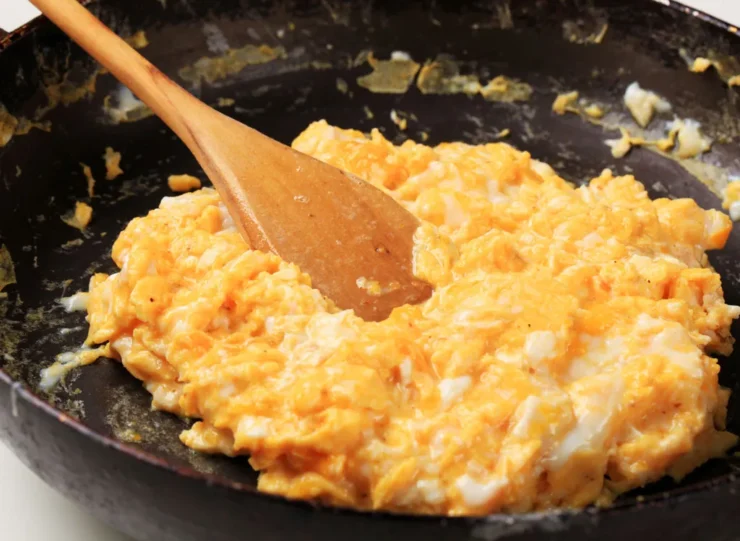
Once your wisdom teeth have made their exit, it’s time to reintroduce food into your system. However, this should be done gradually, beginning with soft foods. In the initial days following your extraction, meals like scrambled eggs, baked beans, or a gentle oatmeal porridge can provide sustenance without putting undue strain on your mouth.
Beyond these options, you may opt for mashed bananas or stewed apples. You can also lean on avocado’s creaminess. These fruits not only slide down the throat effortlessly, but their nutrient profile – including fiber, vitamins, and minerals – contributes to a speedy recovery.
Nutritious and Nourishing Soups
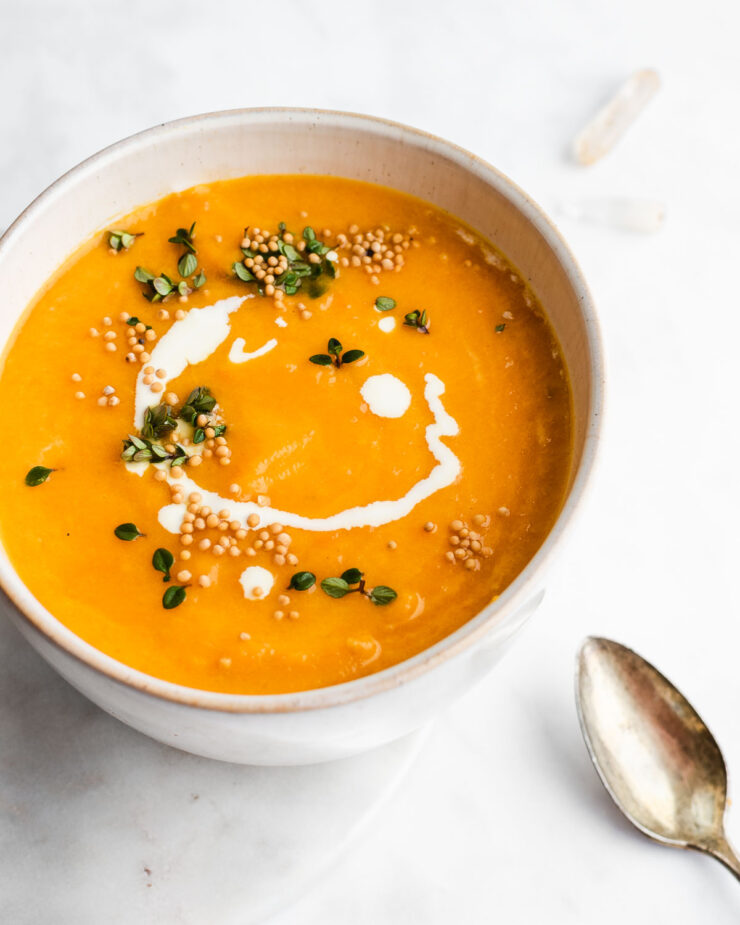
As you move further into recovery, you can start introducing more variety. Creamy, blended soups can make a satiating, warm meal that’s easy on your recovering gums. Vegetable puree soups, like a sweet carrot ginger soup or a comforting pumpkin soup, bring a rainbow of vitamins to your table, helping with healing.
Stock-based soups, whether it be chicken, beef, or vegetable, are also viable choices. Infused with the goodness of simmered ingredients, they are a reservoir of proteins and minerals. Bone broths, in particular, are rich in collagen that assists in tissue healing, making them an ideal addition to your post-operative diet.
Smoothies and Blended Beverages
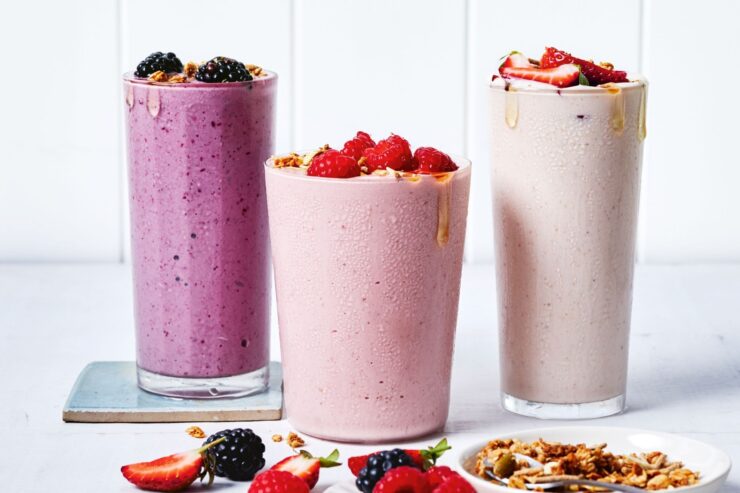
But perhaps you crave something cold to soothe your tender mouth. In such cases, smoothies and other blended beverages come to your rescue. These delightful drinks pack a punch of nutrients and can be easily sipped with a straw, minimizing contact with your healing sites.
From a simple banana and yogurt smoothie to nutrient-rich spinach, avocado, and almond milk blend, the possibilities are endless. Remember to avoid seeds or pieces of fruit that could lodge in the surgical site. Just blend until smooth, and your power-packed, healing-supportive beverage is ready.
Mashed and Pureed Vegetables
Transitioning towards more solid foods, mashed and pureed vegetables offer a comfortable middle ground. You could choose to luxuriate in the creamy simplicity of mashed potatoes, elevated with a dab of butter or a drizzle of olive oil. Or, perhaps, a puree of roasted butternut squash might suit your palate.
The world of legumes is also open to you now. Softly cooked chickpeas or lentils, pureed into a velvety consistency, become a protein-rich accompaniment or meal. With these options, you’re ensuring your body receives a balanced intake of nutrients, including fiber, which aids your overall recovery.
Soft Cooked Grains and Pasta

As your mouth grows stronger, you can slowly welcome grains and pasta back onto your plate. Well-cooked quinoa or millet can be paired with a soft vegetable stew. Each spoonful is a comforting promise of recovery, rich in protein and complex carbs to restore your energy levels.
Your favorite pasta dishes can undergo a soft makeover too. Opt for smaller pasta shapes like macaroni or orzo, cooked until tender. Combine them with a smooth sauce, like marinara or Alfredo, ensuring you avoid chunky ingredients that might disturb your healing sites.
Protein-Rich Options for Healing
Protein, the building block of life, plays a significant role in your healing process. Fortunately, there are several protein-rich, soft food choices available. Greek yogurt and cottage cheese, both high in protein, make an easy snack or meal component, aiding in tissue repair and recovery.
Delicate fish, like salmon, cooked until it flakes easily, also makes a gentle protein source. Its omega-3 fatty acids contribute to your well-being, reducing inflammation and promoting healing. Tofu, with its smooth texture and high protein content, can be incorporated into a variety of meals, from soups to mashed vegetable medleys.
Dairy and Non-Dairy Alternatives
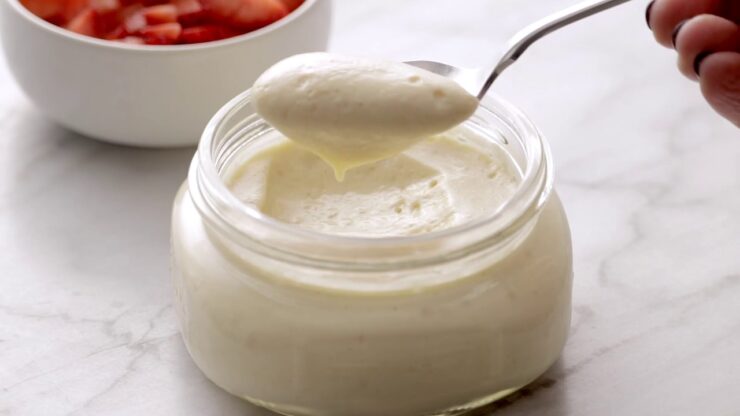
While dairy products like cheese, yogurt, and milk provide valuable nutrients, you might require non-dairy alternatives due to dietary restrictions or preferences. Fear not, options abound. Nut milk, like almond or cashew, can replace regular milk in your meals or beverages.
Soy-based products like tofu or soy yogurt can become your protein heroes. Coconut cream is another luxurious, dairy-free option, perfect for soups, smoothies, or even desserts. These alternatives ensure that you get the necessary nutrients while respecting your dietary choices.
Cooling and Soothing Desserts
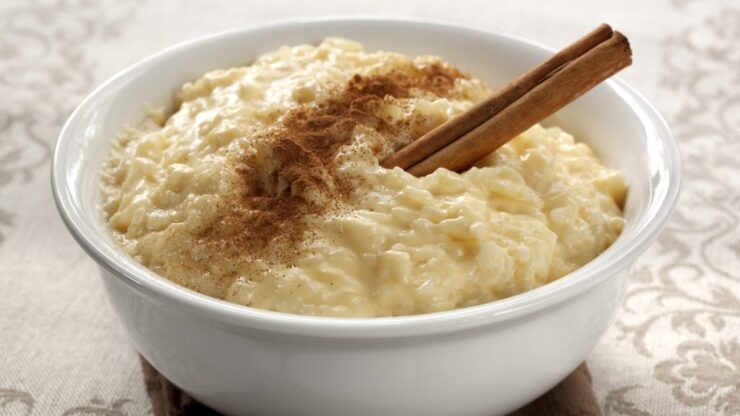
Finally, who said recovery must lack sweetness? Certain desserts can be both comforting and mouth-friendly. For a chilly treat, homemade fruit sorbet or frozen yogurt can be delightful. They offer a refreshing respite while delivering vitamins and probiotics, respectively.
On the warmer end, a soft, baked custard or rice pudding can be wonderfully soothing, their creamy textures sliding down easily. Sweetened naturally with mashed fruits or a dash of honey, they turn into a healing treat, completing your well-rounded recovery diet.
Foods to Avoid During Recovery
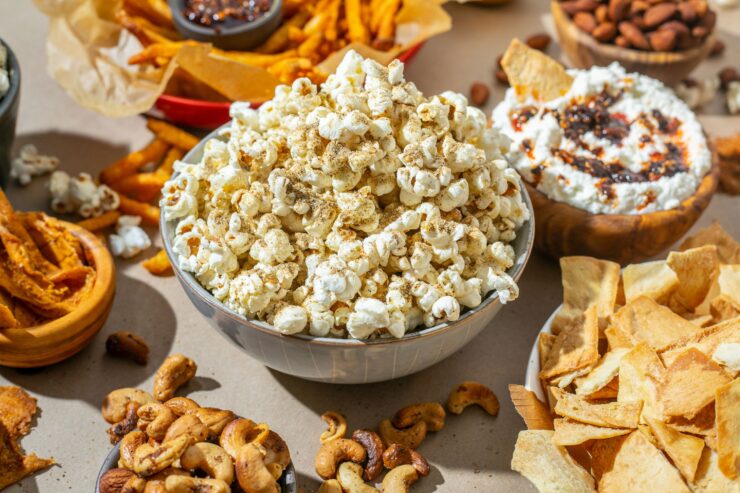
Just as there are foods to embrace during recovery, there are those you need to sidestep. Anything hard, crunchy, or sticky should be shunned for now. Nuts, chips, or popcorn could cause discomfort or damage to your tender surgical site.
Similarly, sticky candies or gum could lodge in the wound or disturb the clot formation, crucial for healing. You should also dodge spicy foods, as they might irritate you.
Acidic foods and beverages, like citrus fruits or soda, could increase your mouth’s sensitivity or even prolong your healing period. Avoid using straws for the first few days post-surgery; the suction could disrupt the healing process. While you might miss these favorites, remember, it’s only temporary. Once your healing journey is complete, they’ll be ready to welcome you back.
Summary
As you see, the post-operative journey doesn’t need to be bland or challenging. You can explore a wide range of foods that cater to your healing body’s needs without sacrificing taste or variety.
Remember to introduce new foods gradually, listen to your body’s signals, and consult your healthcare provider in case of any concerns. Enjoy this healing culinary journey, and before you know it, you’ll be back to enjoying your favorite foods once again.
Your wisdom teeth might be gone, but your wisdom in food choices is here to stay.

